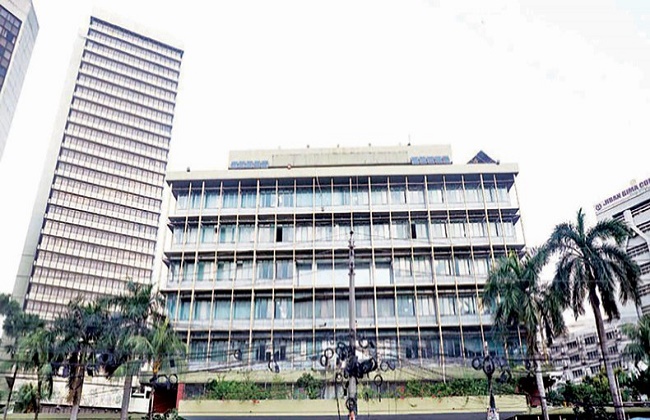
Bangladesh’s net receipts of foreign aid in the form of loans and grants dropped in the July-February period of FY24, against the same period in the previous fiscal.
According to Bangladesh Bank data, the net foreign aid, after principal repayment, decreased to $3.73 billion in July-February of FY24 compared with those of $3.87 billion in the same period of the past year.
Foreign aids are receipts as loans and grants, bilateral aid and multilateral aid, food aid, commodity aid and project aid.
In July-February of FY24, the total foreign aid, however, increased slightly to $5 billion compared with those of $4.88 billion in the same period in the past year.
Of the total foreign aid, project aid was $4.99 billion in July-February, 2.79% higher than that of $4.85 billion in the same period of the past year.
The grant as percentage of net foreign aids in the reporting period was 5.93%.
The principal payment for July-February was $1.27 billion, which was $1.01 billion in the same period in the past year.
The total foreign aid and net foreign aid were $9.2 billion and $7.5 billion respectively in FY23 against $10 billion and $8.48 billion respectively in FY22.
Since 2022, the inflow of foreign aid has started falling.
The country’s economy in recent months has been grappling with various issues, including the dollar crisis, exchange rate volatility and depleting reserves.
The reserves stood at $41.8 billion in June 2022 and $46.2 billion in September 2021.
Over the past 34 months, the Bangladesh Bank has sold approximately $32.79 billion, including $13.5 billion in the financial year 2022-23 and $7.62 billion in FY22, from its foreign exchange reserves to banks.
The sales mopped up equivalent local currency from the banking system.
The current dollar shortage has already forced the government to secure $4.7 billion in loans from the International Monetary Fund over a period of three years.
The Bangladesh Bank has adopted a market-based and unified exchange rate regime, allowing the exchange rate to be determined by market forces.
Currently, the central bank is selling dollars at Tk110 a dollar, which is also the interbank dollar rate.
However, many banks are collecting remittances at rates as high as Tk118 each to meet their demand, despite the rate being set at Tk110 each by the Association of Bankers, Bangladesh and the Bangladesh Foreign Exchange Dealers’ Association.

